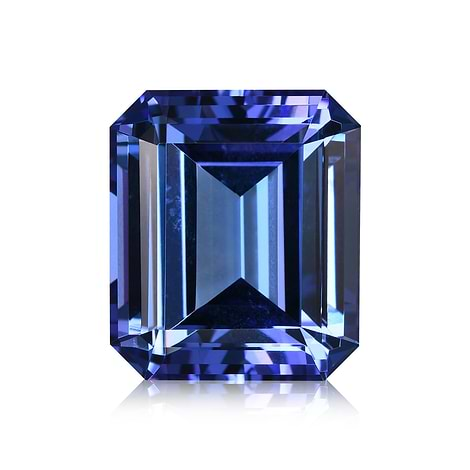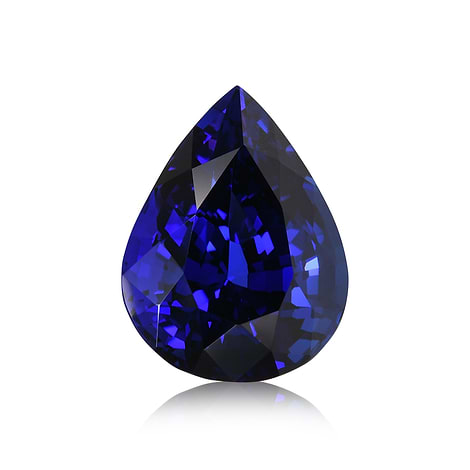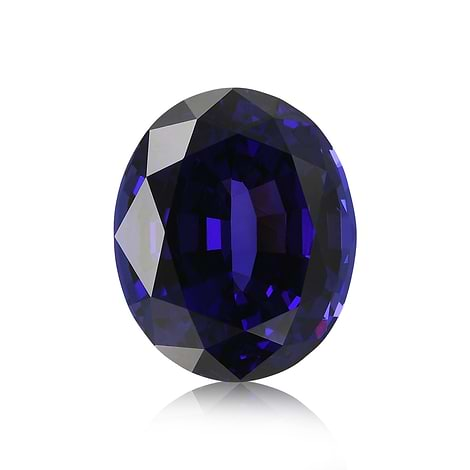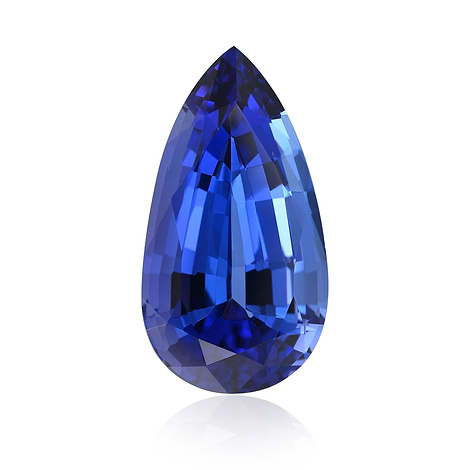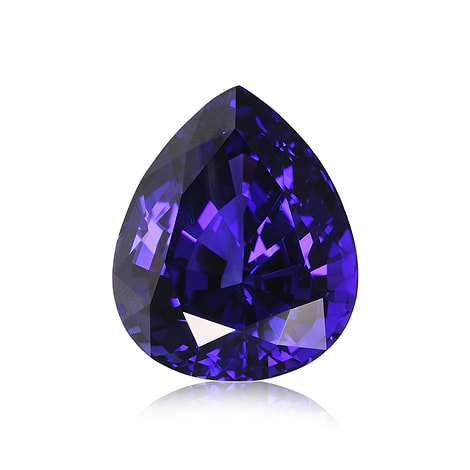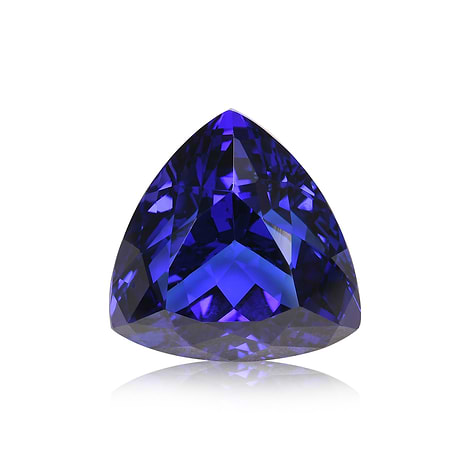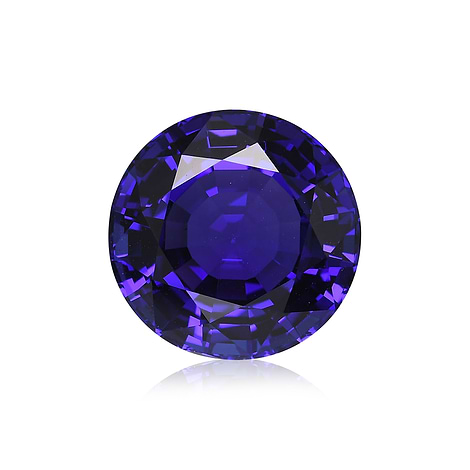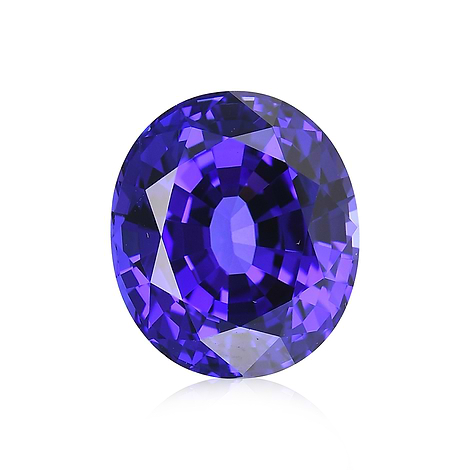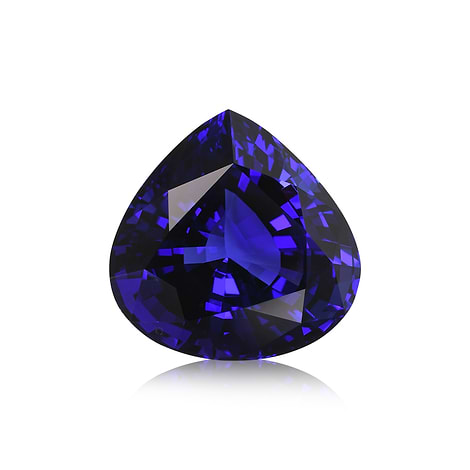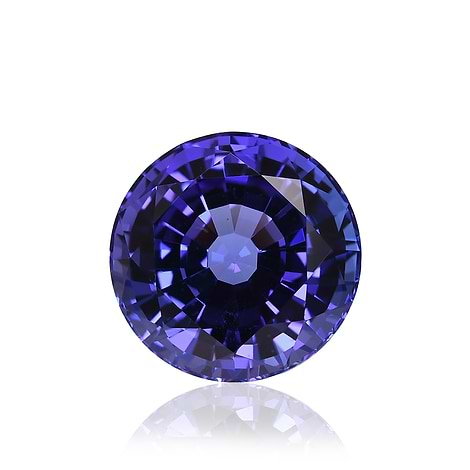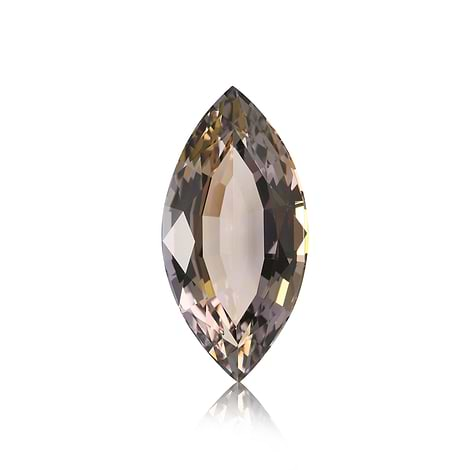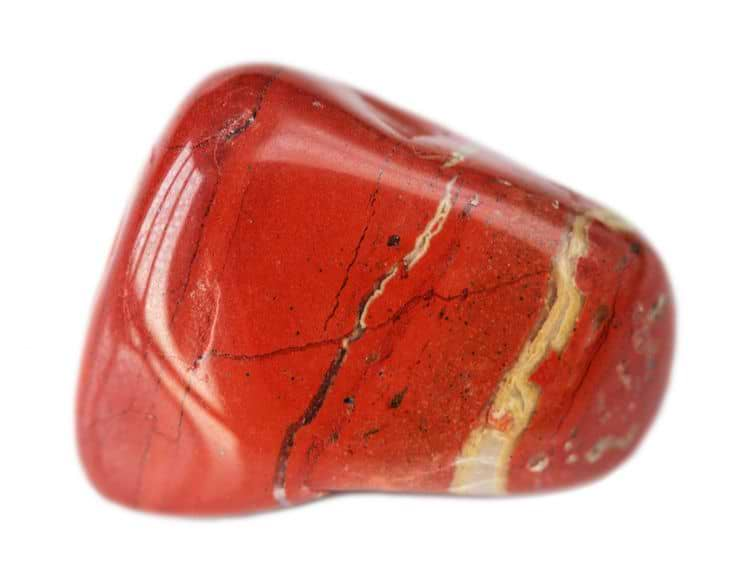Nature has provided a variety of breathtaking gemstones from all corners of the Earth. Many of these stones, both precious and semi-precious, are well known, while others are not. Though diamonds are the kings of gemstones, because of their beauty as well as their durability, there are other gemstones that possess remarkable qualities and colors as well.
One of these phenomenal stones is tanzanite, which is a blue/purple gem of the zoisite mineral variety, which was only recently discovered. While many gemstones have been known to exist for centuries if not longer, tanzanite was only discovered in the 20th century, in, none other than Tanzania, hence the name. Since tanzanite has not been around for long, and is only found in a few locations, it is an extremely rare stone that is highly desired. Learning as much as possible about this incredible stone can help you determine if it is suitable for you.
Tanzanite was discovered in 1967, in the Mererani Hills of Northern Tanzania. Though the gemstone possesses a blue or purple hue, it can also be found with a reddish brown color in its rough state. The first tanzanite stone was actually mistaken for olivine, or peridot as it is also known, but the mistake was quickly realized. The stone passed through several hands before its true identity was discovered; it was a blue zoisite. However, when Tiffany & Co. started to market the stone, it was renamed tanzanite, since blue zoisite sounded too similar to “blue suicide,” and tanzanite was a much more suitable name given the stone was found in Tanzania.
Since there is no universally accepted grading system for gemstones, tanzanite included, a non-profit subsidiary of a huge commercial player in the tanzanite market came up with its own grading system. The system includes a scale that divides the hues ranging from blue violet to violet blue. In terms of the clarity, gemstones are graded based on what the unaided eye can see. If it is clean, without any inclusions visible to the eye, it is considered flawless. Tanzanite is considered a Type I gemstone by the GIA, which means that most tanzanite stones are flawless. Those with visible flaws are sold at greatly discounted prices.
The largest faceted tanzanite stone to date weighs 737.81 carats. Another large tanzanite weighing 242 carats, called the “Queen of Kilimanjaro,” is set in a tiara along with diamonds and tsavorite garnets.
These days, many individuals are breaking away from the “norm” by getting engagement rings that display stones aside from the traditional colorless diamond such as colored diamonds and a variety of gemstones. Gemstone collectors and enthusiast as well as investors are realizing the huge investment potential that gemstones such as tanzanite offer. Combined with the exotic beauty of the tanzanite, it is an ultimate jewel.
|
LEIBISH 5.68 Carat, Oval Tanzanite and Triangle Diamond Ring |
Contributor: Benji Margolese

